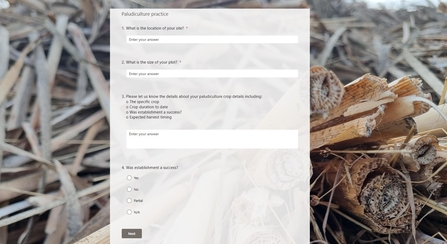Research commissioned by Defra, and conducted by the UK Centre for Ecology & Hydrology, the James Hutton Institute and SRUC, proposed a methodology that could be used to verify greenhouse gas emission reductions from paludiculture, opening up the possibility of including paludiculture in the Peatland Code for the first time. However, given the limited empirical data across the range of paludiculture crops, management regimes and site types across the UK, the Peatland Code’s Technical Advisory Board have requested that evidence is gathered from existing trials to test that the proposed metrics are robust across the range of contexts in which paludiculture is likely to take place under the Peatland Code.
The IUCN UK Peatland Programme are seeking to make contact with current paludiculture projects and to gather data to ensure a comprehensive understanding of the current scientific evidence base on this topic. Your insights will help us to work towards adoption of peatlands under paludiculture as eligible sites under the Peatland Code in addition to being able to highlight areas requiring further research attention
We invite evidence for all paludiculture sites and all crop types, regardless of their success. This information will help us to fully understand the current paludiculture landscape and seek funding for the research gaps that need filling.
Closing date: 9 February 2024

